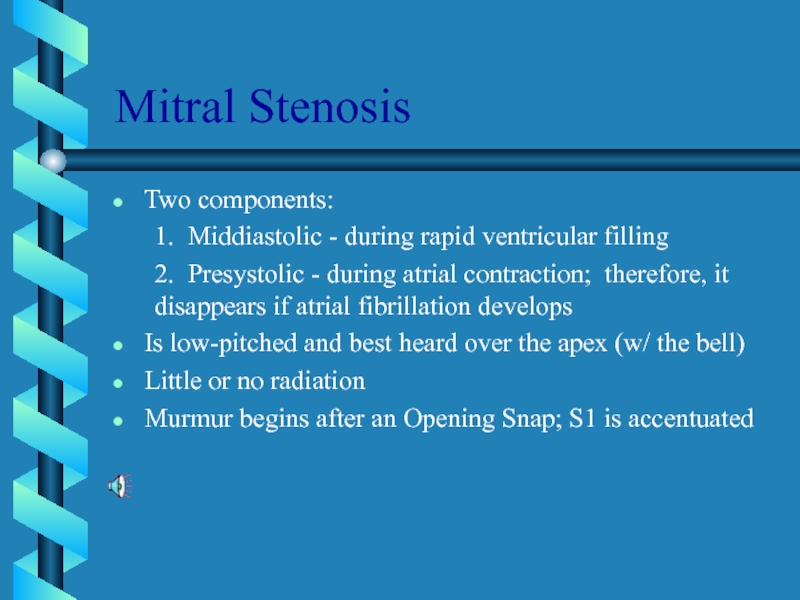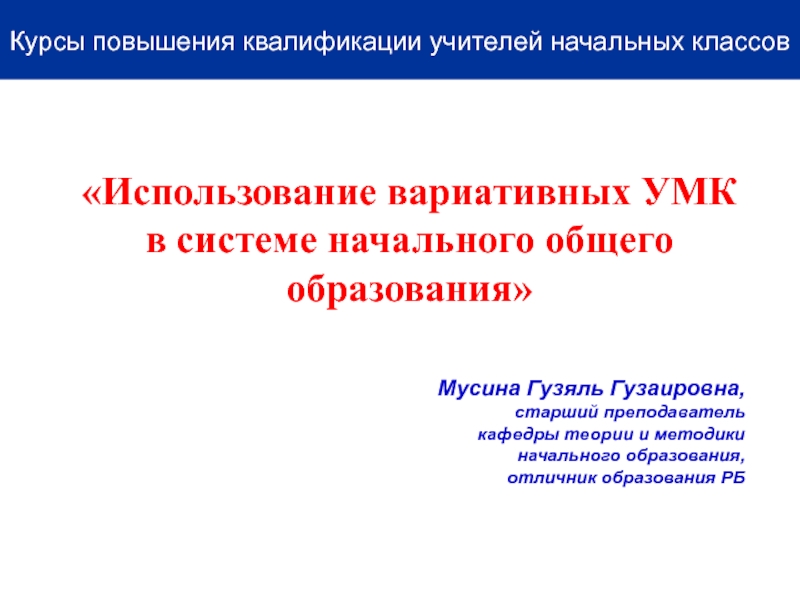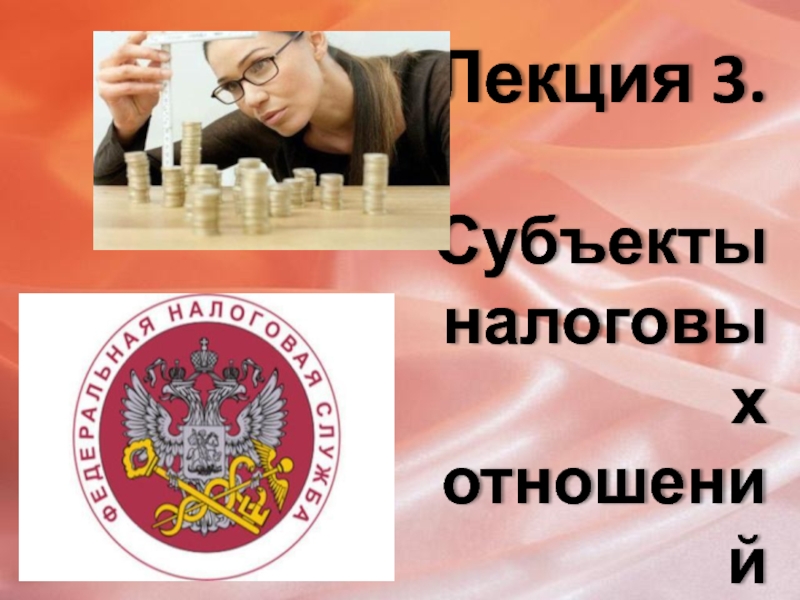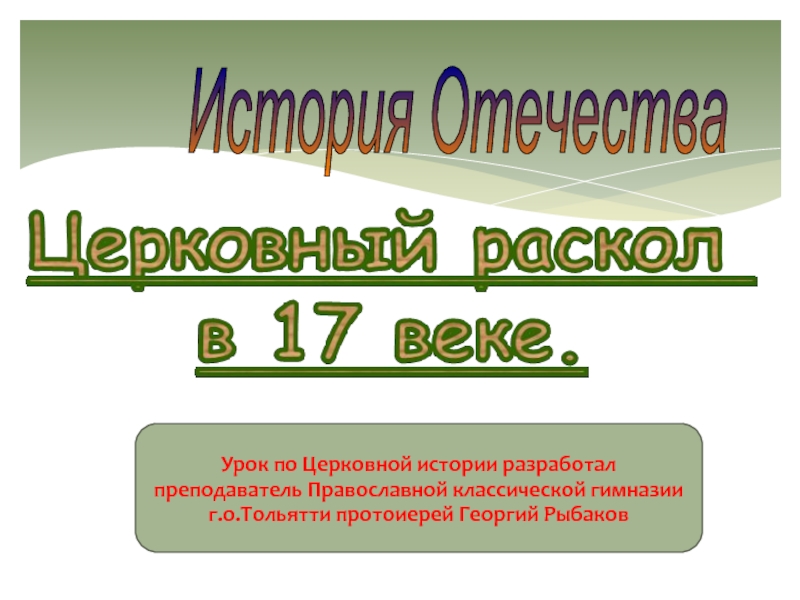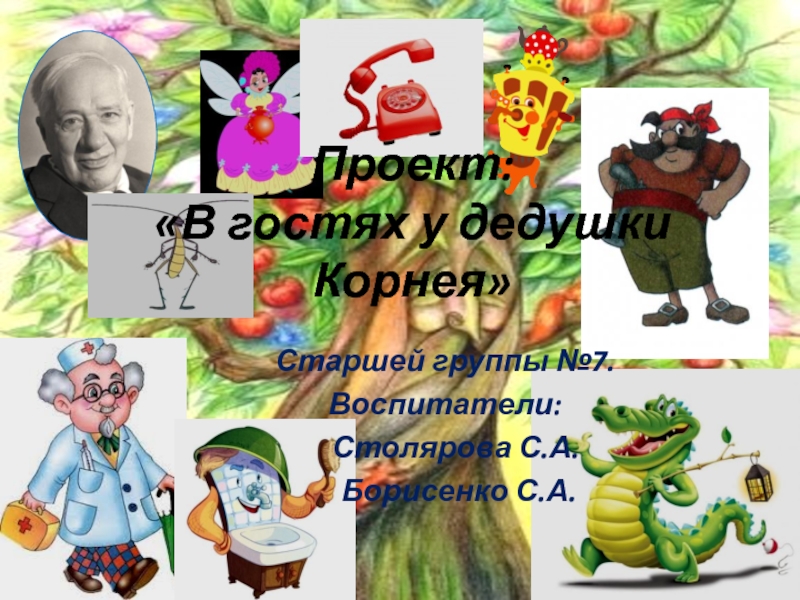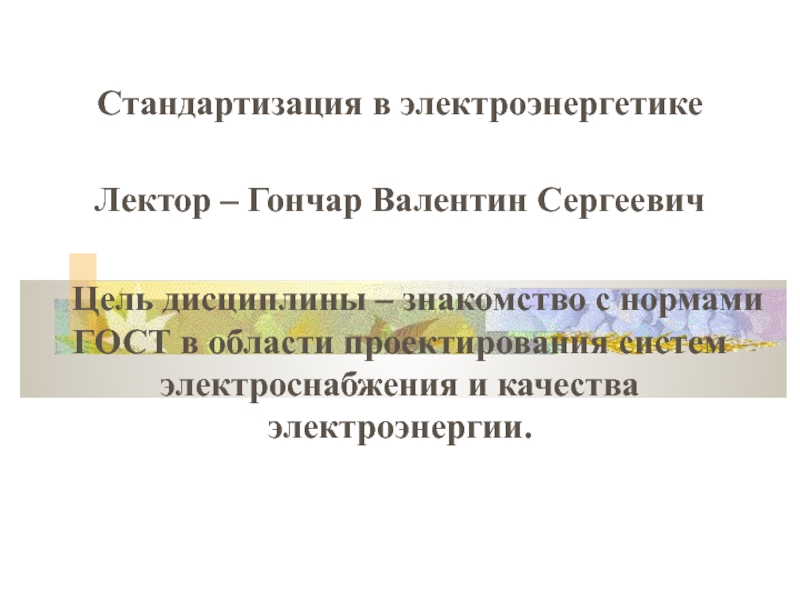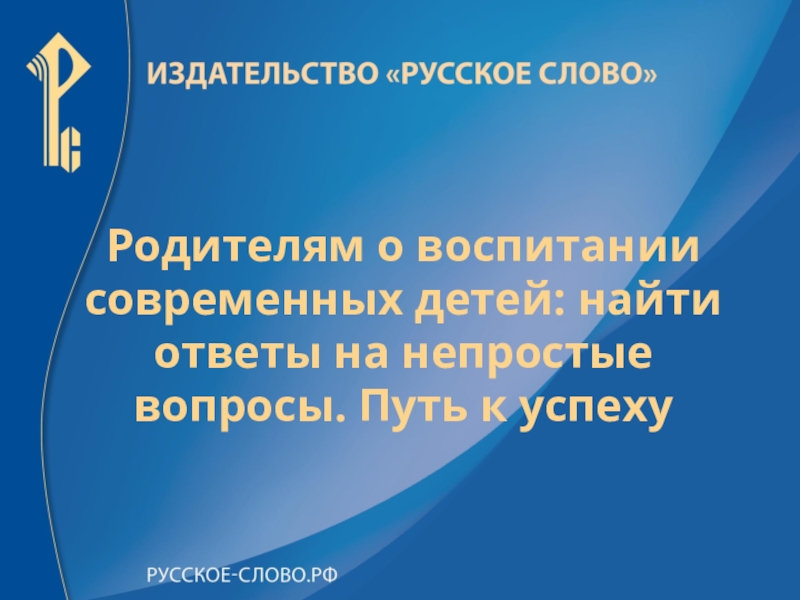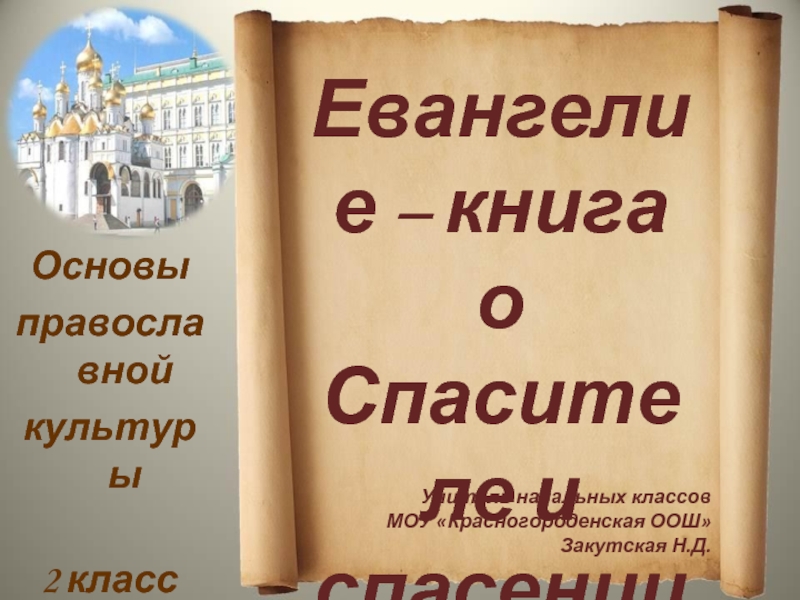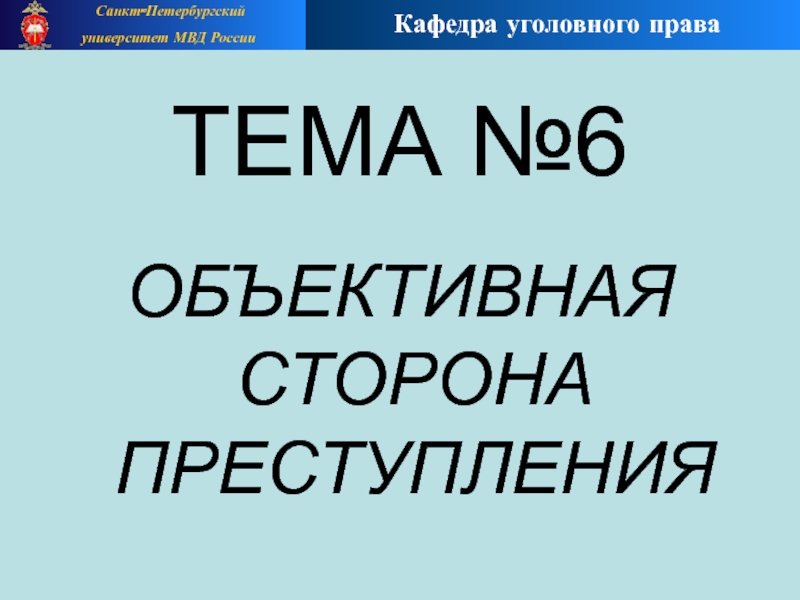Разделы презентаций
- Разное
- Английский язык
- Астрономия
- Алгебра
- Биология
- География
- Геометрия
- Детские презентации
- Информатика
- История
- Литература
- Математика
- Медицина
- Менеджмент
- Музыка
- МХК
- Немецкий язык
- ОБЖ
- Обществознание
- Окружающий мир
- Педагогика
- Русский язык
- Технология
- Физика
- Философия
- Химия
- Шаблоны, картинки для презентаций
- Экология
- Экономика
- Юриспруденция
Heart Murmurs
Содержание
- 1. Heart Murmurs
- 2. Outline I. Basic PathophysiologyII. Describing murmursIII. Systolic murmursIV. Diastolic murmursV. Continuous murmursVI. Summary
- 3. Basic PathophysiologyMurmurs = MathQ = V*AQ =
- 4. Describing a heart murmur1. Timingmurmurs are longer
- 5. Describing a heart murmur con’t:4. Radiationreflects the
- 6. Describing a heart murmur con’t:6. Pitchhigh, medium,
- 7. Systolic MurmursDerived from increased turbulence associated with:1.
- 8. Early Systolic murmurs1. Acute severe mitral regurgitationdecrescendo
- 9. Midsystolic (ejection) murmursAre the most common kind
- 10. Aortic stenosisLoudest in aortic area; radiates along
- 11. Hypertrophic cardiomyopathyLoudest b/t left sternal edge and
- 12. Pansystolic (Holosystolic) MurmursAre pathologicMurmur begins immediately with
- 13. Diastolic MurmursAlmost always indicate heart diseaseTwo basic
- 14. Aortic RegurgitationBest heard in the 2nd ICS
- 15. Mitral StenosisTwo components: 1. Middiastolic - during rapid
- 16. Continuous MurmursBegin in systole, peak near s2,
- 17. Back to the Basics1. When does it
- 18. SummaryA. Presystolic murmurMitral/Tricuspid stenosisB. Mitral/Tricuspid regurg.C. Aortic
- 19. Скачать презентанцию
Outline I. Basic PathophysiologyII. Describing murmursIII. Systolic murmursIV. Diastolic murmursV. Continuous murmursVI. Summary
Слайды и текст этой презентации
Слайд 2Outline
I. Basic Pathophysiology
II. Describing murmurs
III. Systolic murmurs
IV. Diastolic
murmurs
Слайд 3Basic Pathophysiology
Murmurs = Math
Q = V*A
Q = P/R
NR = d*D*V/n
Therefore:
Inc.
P => Inc. V => Inc. NR
Systolic
DiastolicСлайд 4Describing a heart murmur
1. Timing
murmurs are longer than heart sounds
HS
can distinguished by simultaneous palpation of the carotid arterial pulse
systolic,
diastolic, continuous2. Shape
crescendo (grows louder), decrescendo, crescendo-decrescendo, plateau
3. Location of maximum intensity
is determined by the site where the murmur originates
e.g. A, P, T, M listening areas
Слайд 5Describing a heart murmur con’t:
4. Radiation
reflects the intensity of the
murmur and the direction of blood flow
5. Intensity
graded on a
6 point scaleGrade 1 = very faint
Grade 2 = quiet but heard immediately
Grade 3 = moderately loud
Grade 4 = loud
Grade 5 = heard with stethoscope partly off the chest
Grade 6 = no stethoscope needed
*Note: Thrills are assoc. with murmurs of grades 4 - 6
Слайд 6Describing a heart murmur con’t:
6. Pitch
high, medium, low
7. Quality
blowing, harsh,
rumbling, and musical
8. Others:
i. Variation with respiration
Right sided murmurs change
more than left sidedii. Variation with position of the patient
iii. Variation with special maneuvers
Valsalva/Standing => Murmurs decrease in length and intensity
EXCEPT: Hypertrophic cardiomyopathy and Mitral valve prolapse
Слайд 7Systolic Murmurs
Derived from increased turbulence associated with:
1. Increased flow across
normal SL valve or into a dilated great vessel
2. Flow
across an abnormal SL valve or narrowed ventricular outflow tract - e.g. aortic stenosis3. Flow across an incompetent AV valve - e.g. mitral regurg.
4. Flow across the interventricular septum
Слайд 8Early Systolic murmurs
1. Acute severe mitral regurgitation
decrescendo murmur
best heard at
apical impulse
Caused by:
i. Papillary muscle rupture
ii. Infective endocarditis
iii.
Rupture of the chordae tendineaeiv. Blunt chest wall trauma
2. Congenital, small muscular septal defect
3. Tricuspid regurg. with normal PA pressures
Слайд 9Midsystolic (ejection) murmurs
Are the most common kind of heart murmur
Are
usually crescendo-decrescendo
They may be:
1. Innocent
common in children and young adults
2.
Physiologiccan be detected in hyperdynamic states
e.g. anemia, pregnancy, fever, and hyperthyroidism
3. Pathologic
are secondary to structural CV abnormalities
e.g. Aortic stenosis, Hypertrophic cardiomyopathy, Pulmonic stenosis
Слайд 10Aortic stenosis
Loudest in aortic area; radiates along the carotid arteries
Intensity
varies directly with CO
A2 decreases as the stenosis worsens
Other conditions
which may mimic the murmur of aortic stenosis w/o obstructing flow:1. Aortic sclerosis
2. Bicuspid aortic valve
3. Dilated aorta
4. Increased flow across the valve during systole
Слайд 11Hypertrophic cardiomyopathy
Loudest b/t left sternal edge and apex; Grade 2-3/6
Does
NOT radiate into neck; carotid upstrokes are brisk and may
be bifidIntensity increases w/ maneuvers that decrease LV volume
Слайд 12Pansystolic (Holosystolic) Murmurs
Are pathologic
Murmur begins immediately with S1 and continues
up to S2
1. Mitral valve regurgitation
Loudest at the left ventricular
apexRadiation reflects the direction of the regurgitant jet
i. To the base of the heart = anterosuperior jet (flail posterior leaflet)
ii. To the axilla and back = posterior jet (flail anterior leaflet
Also usually associated with a systolic thrill, a soft S3, and a short diastolic rumbling (best heard in left lateral decubitus
2. Tricuspid valve regurgitation
3. Ventricular septal defect
Слайд 13Diastolic Murmurs
Almost always indicate heart disease
Two basic types:
1. Early decrescendo
diastolic murmurs
signify regurgitant flow through an imcompetent semilunar valve
e.g. aortic
regurgitation2. Rumbling diastolic murmurs in mid- or late diastole
suggest stenosis of an AV valve
e.g. mitral stenosis
Слайд 14Aortic Regurgitation
Best heard in the 2nd ICS at the left
sternal edge
High pitched, decrescendo
Blowing quality => may be mistaken for
breath soundsRadiation:
i. Left sternal border = assoc. with primary valvular pathology;
ii. Right sternal edge = assoc. w/ primary aortic root pathology
Other associated murmurs:
i. Midsystolic murmur
ii. Austin Flint murmur
Слайд 15Mitral Stenosis
Two components:
1. Middiastolic - during rapid ventricular filling
2. Presystolic
- during atrial contraction; therefore, it disappears if atrial fibrillation
developsIs low-pitched and best heard over the apex (w/ the bell)
Little or no radiation
Murmur begins after an Opening Snap; S1 is accentuated
Слайд 16Continuous Murmurs
Begin in systole, peak near s2, and continue into
all or part of diastole.
1. Cervical venous hum
Audible in kids;
can be abolished by compression over the IJV2. Mammary souffle
Represents augmented arterial flow through engorged breasts
Becomes audible during late 3rd trimester and lactation
3. Patent Ductus Arteriosus
Has a harsh, machinery-like quality
4. Pericardial friction rub
Has scratchy, scraping quality
Слайд 17Back to the Basics
1. When does it occur - systole
or diastole
2. Where is it loudest - A, P, T,
MI. Systolic Murmurs:
1. Aortic stenosis - ejection type
2. Mitral regurgitation - holosystolic
3. Mitral valve prolapse - late systole
II. Diastolic Murmurs:
1. Aortic regurgitation - early diastole
2. Mitral stenosis - mid to late diastole
Слайд 18Summary
A. Presystolic murmur
Mitral/Tricuspid stenosis
B. Mitral/Tricuspid regurg.
C. Aortic ejection murmur
D. Pulmonic
stenosis (spilling through S20
E. Aortic/Pulm. diastolic murmur
F. Mitral stenosis w/
Opening snapG. Mid-diastolic inflow murmur
H. Continuous murmur of PDA














